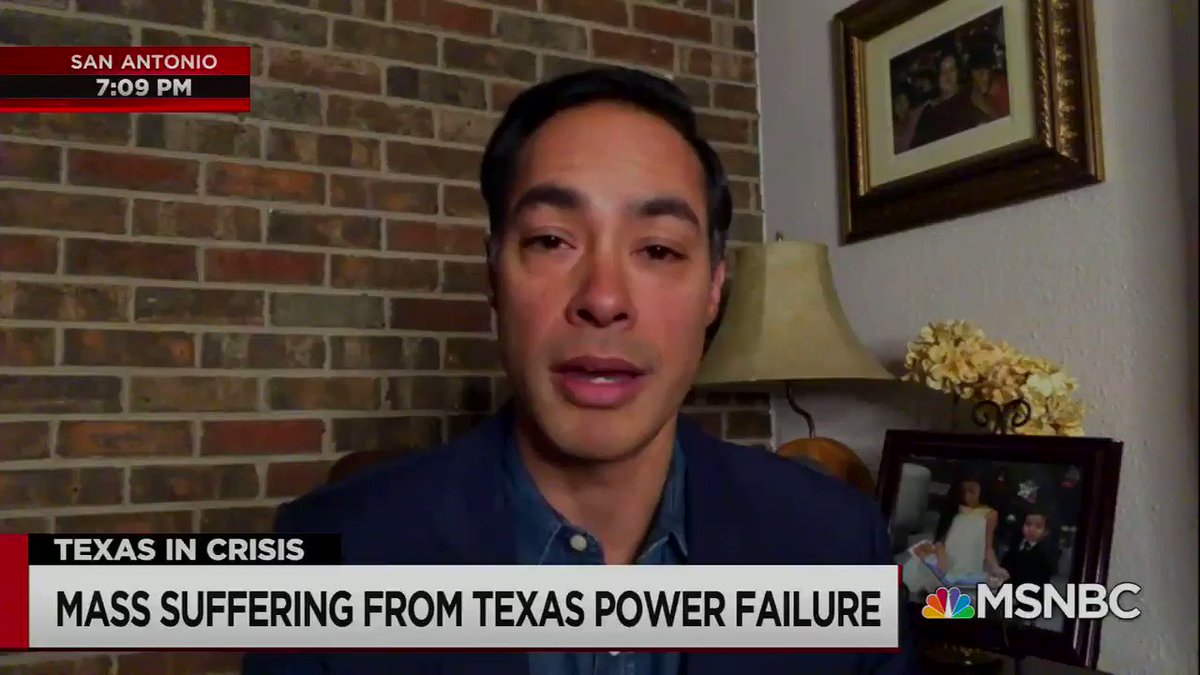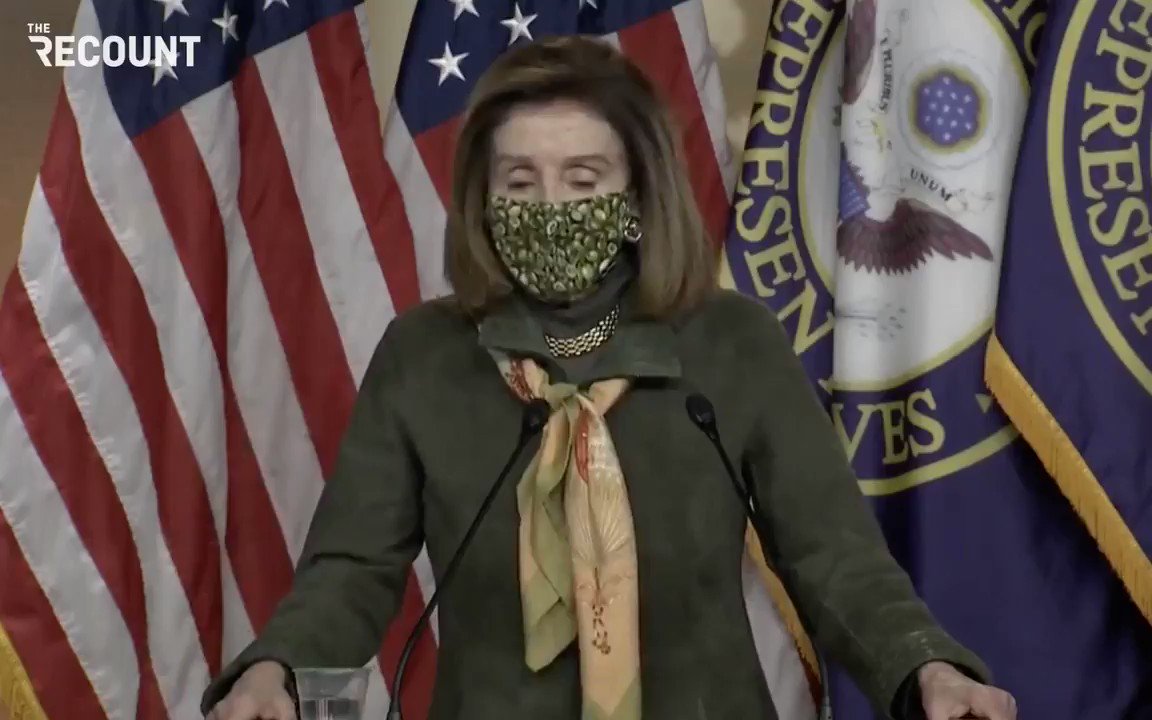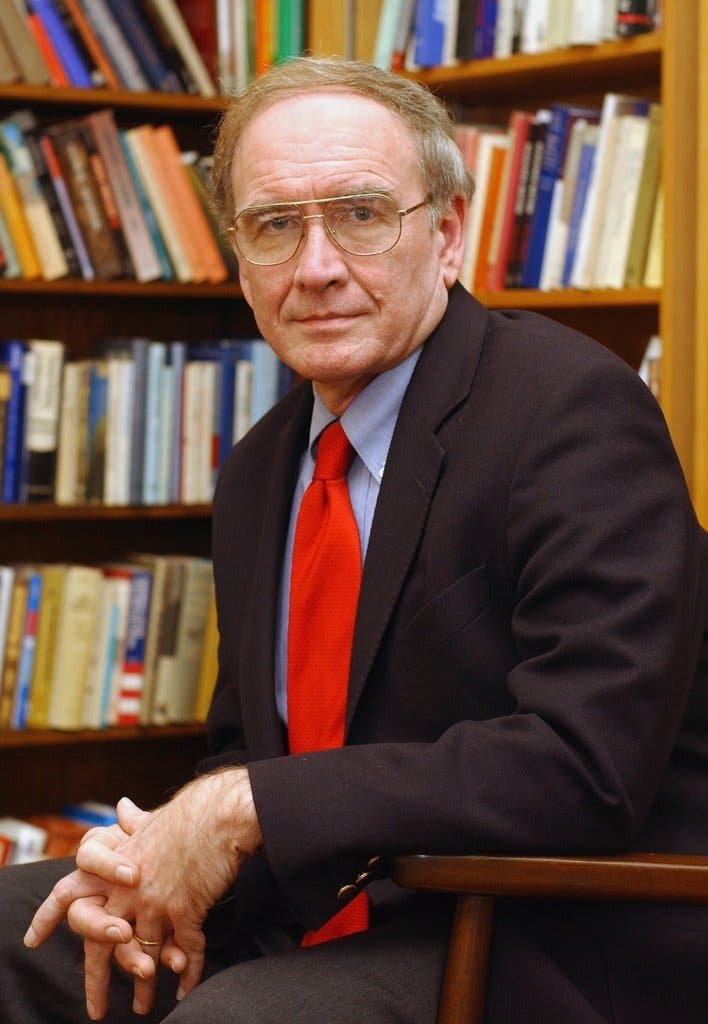The U.S. is divided into three grids: one covers the eastern states, another the western states, and then there’s the Texas grid, ERCOT, which covers nearly the entire state.
Last month, Texas resident Royce Peirce paid $387.70 to heat his two-story house. This month, he owes $8,162.73 — and counting.
Amid freezing temperatures and another looming winter storm, Texans are facing a second crisis: astronomical power
The U.S. is divided into three grids: one covers the eastern states, another the western states, and then there’s the Texas grid, ERCOT, which covers nearly the entire state.
If you’re familiar with the state’s history and public policy, you probably already know the answer. In short, Texas has its own grid to avoid dealing with the federal government.
https://t.co/SBIV5ThNNs
Amid freezing temperatures, the imbalance between Texas’s staggering electricity demand and its limited supply caused prices to skyrocket from $20 per megawatt hour to $9,000 per megawatt hour — a 450% increase.
CEO Michael Fallquist told Griddy’s 29,000 customers to abandon his service and switch providers: “We want what’s right by our consumers, so we are encouraging them to leave.”
https://t.co/Fv12irm0xG
“This is becoming the worst state-level policy disaster since the Flint water crisis … This is not the breakdown of the system. This is a system that is broken down by design.”


He hopes a relief package from the state will help cover the costs.
More from Economy
Dr. Gita Gopinath, Chief Economist at IMF says "Farm bills are in right
Dr. Surjit Bhalla, executive director at IMF support farm
Godrej Agrovet Chairman Nadir Godrej tells Bloomberg that agriculture reforms are important for
Godrej Agrovet Chairman Nadir Godrej tells Bloomberg that agriculture reforms are important for India. pic.twitter.com/N6rnelLn0E
— BloombergQuint (@BloombergQuint) December 11, 2020
Prof Ashok Gulati supports new farm
Vice-Chairman of Bharti Enterprises Rajan Bharti Mittal supports the new farm
I can't tell if I'm agreeing or disagreeing with @jc_econ.
There is no relationship b/w deficits & interest rates in the US & many other advanced economies. Centuries of dynamic institution building underpin our reserve currency status that allows rates to be a function of economic fundamentals, flows & policy not credit risk 1/3
— Dr. Julia Coronado (@jc_econ) January 26, 2021
Increasing government spending or reducing taxes increases demand (or reduces saving). This raises the price of loanable funds or the interest rate.
In a dynamic context, more demand means a stronger economy, the central bank raises interest rates sooner, and long rates rise.
(As an aside, we are not close to the United States needing to worry about credit risk and the risks are more overstated than understated in most other advanced economies too. But credit risk is not always & everywhere irrelevant, just look at the UK in 1976 or Canada in 1994.)
Interest rates have fallen over the last 20 yrs while debt has risen. This does not necessarily mean that debt rising causes interest rates to fall. It could also mean that other things have happened at he same time that pushed down interest rates more than debt pushed them up.
The suspects for these "other things" include slower productivity growth, slower popln growth, higher inequality, less investment, etc. All of which either increase the supply of saving or reduce the demand for investment, reducing the equilibrium interest rate.
You May Also Like
These setups I found from the following 4 accounts:
1. @Pathik_Trader
2. @sourabhsiso19
3. @ITRADE191
4. @DillikiBiili
Share for the benefit of everyone.
Here are the setups from @Pathik_Trader Sir first.
1. Open Drive (Intraday Setup explained)
#OpenDrive#intradaySetup
— Pathik (@Pathik_Trader) April 16, 2019
Sharing one high probability trending setup for intraday.
Few conditions needs to be met
1. Opening should be above/below previous day high/low for buy/sell setup.
2. Open=low (for buy)
Open=high (for sell)
(1/n)
Bactesting results of Open Drive
Already explained strategy of #opendrive
— Pathik (@Pathik_Trader) May 27, 2020
Backtested results in 30 stocks and nifty, banknifty.
Success ratio : approx 40-45%
RR average 1:2
Entry as per strategy
Stoploss = Open level
Exit 3:15 PM Or SL
39 months 14 months -ve, 25 +ve
Yearly all 4 years +ve performance. pic.twitter.com/nGqhzMKGVy
2. Two Price Action setups to get good long side trade for intraday.
1. PDC Acts as Support
2. PDH Acts as
So today we will discuss two more price action setups to get good long side trade for intraday.
— Pathik (@Pathik_Trader) June 20, 2020
1. PDC Acts as Support
2. PDH Acts as Support
Example of PDC/PDH Setup given
#nifty
— Pathik (@Pathik_Trader) June 23, 2020
This is how it created long setup by taking support at PDC.
hopefully shared setup on last weekend helped. pic.twitter.com/2mduSUpMn5
















